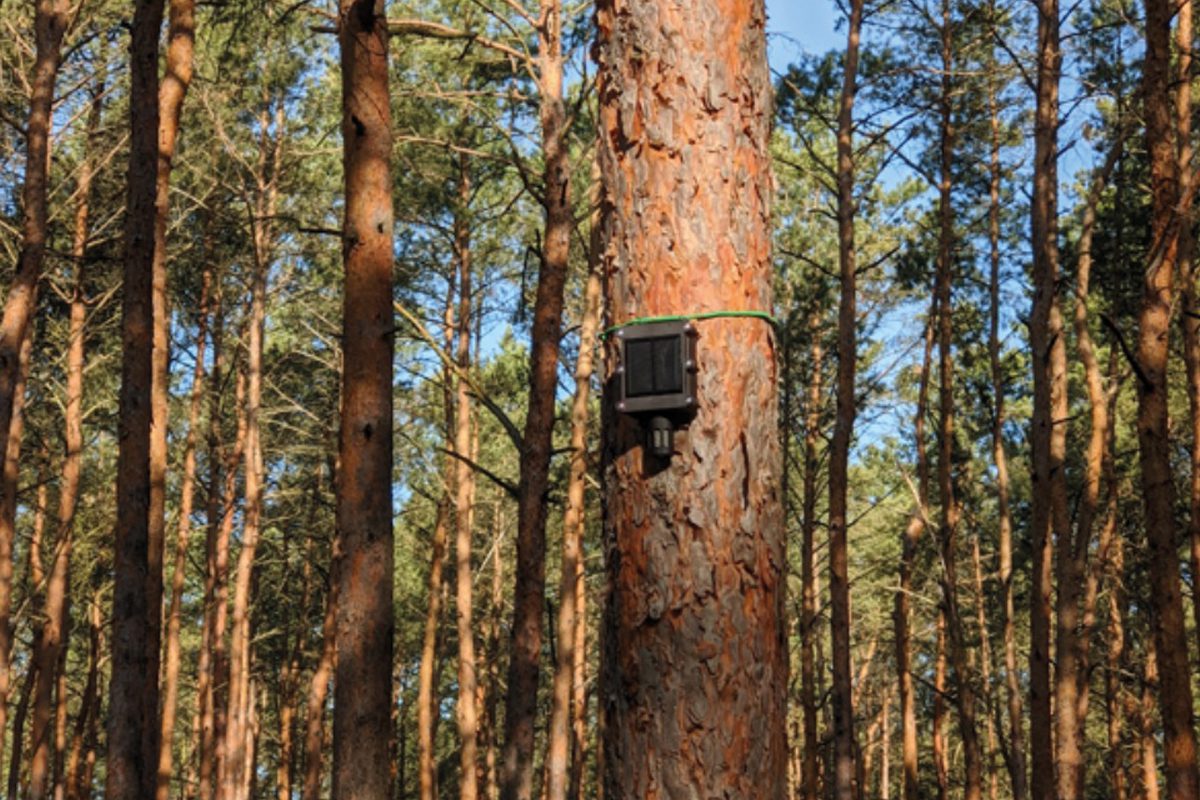

Dryad Networks (Dryad), a Berlin-based company that provides environmental IoT solutions, has announced it is working with the National Trust, the UK’s largest conservation charity, to install 50 ‘ultra-early’ wildfire detection sensors on Marsden Moor – a site of special scientific interest and a habitat for rare birds and plants.
The sensors are being installed on fence posts and will use artificial intelligence to detect smoke and flames and send alerts to staff within minutes, reducing the response time and lessening the risk of damage to the moor.
Marsden Moor is home to curlews, golden plover and the short-eared owl, as well as rare plants, including bog rosemary and cotton grass. It also contains carbon-rich peat, which can release greenhouse gases when burned. The introduction of the sensors follows a spate of seven fires on Marsden Moor in 2023, which have burnt three square kilometres of moorland, including the nests and eggs of rare birds and small animals that were unable to escape, such as frogs.
The wildfires across Europe this summer have been viewed as a wakeup call to do more to combat the effects of climate change. This latest announcement (made in late September) marks the first time Dryad’s technology has been used on an upland landscape, and in the UK. The company wants the project to act as a catalyst for landowners and public bodies to take action to mitigate their wildfire risk and reduce the costs of firefighting through ‘ultra-early’ detection.
“Despite climate change increasing the frequency and severity of wildfire across the UK, wildfire detection methods have remained largely unchanged,” says the firm. “Most at-risk areas rely on human, camera, or satellite observations, which can often only detect a fire when it’s visible above a canopy and already out of control. New ‘ultra-early’ detection technology can reduce wildfire detection times from several hours to minutes, making it possible for firefighters to get to a fire while it’s easy to control.”
Tia Crouch, Peatland Ecologist, National Trust, said: “Moorland fires have a devastating impact on the landscape. During the most recent fires, our team found burnt nests and eggs, and small animals, such as frogs, that couldn’t escape. The precious peat soils, which are so important for carbon capture and water quality, could take hundreds of years to properly recover.”
“Fires are a major threat to places like Marsden Moor, and we know that climate change is only going to increase their likelihood and severity. It is crucial that we adapt how we work and increase the resilience of our precious habitats to these impacts.
“We are pleased to be working with Dryad Networks on this pilot project to reduce the risk of fires damaging this much-loved landscape. Dryad’s sensors will help us detect fires earlier and respond quickly, hopefully saving wildlife and habitats.”
Carsten Brinkschulte, Co-Founder & CEO, Dryad Networks, said: “We are proud to offer our innovative technology to the National Trust and to contribute to its mission of protecting nature and heritage. Our sensors are like digital noses that can smell smoke and send signals over long distances using our long-range, low-power wireless mesh network.”
“Marsden Moor is a perfect testbed for our sensors, as it is a remote and challenging environment, which has experienced several fires in recent years. We hope that this pilot project will demonstrate the value of our technology and lead to more collaborations with the National Trust and other conservation organisations.”
- SEO Powered Content & PR Distribution. Get Amplified Today.
- PlatoData.Network Vertical Generative Ai. Empower Yourself. Access Here.
- PlatoAiStream. Web3 Intelligence. Knowledge Amplified. Access Here.
- PlatoESG. Carbon, CleanTech, Energy, Environment, Solar, Waste Management. Access Here.
- PlatoHealth. Biotech and Clinical Trials Intelligence. Access Here.
- Source: https://envirotecmagazine.com/2023/10/06/national-trust-to-deploy-wildfire-sensors-in-a-first-for-the-uk/



